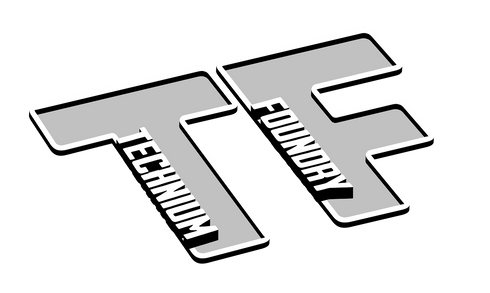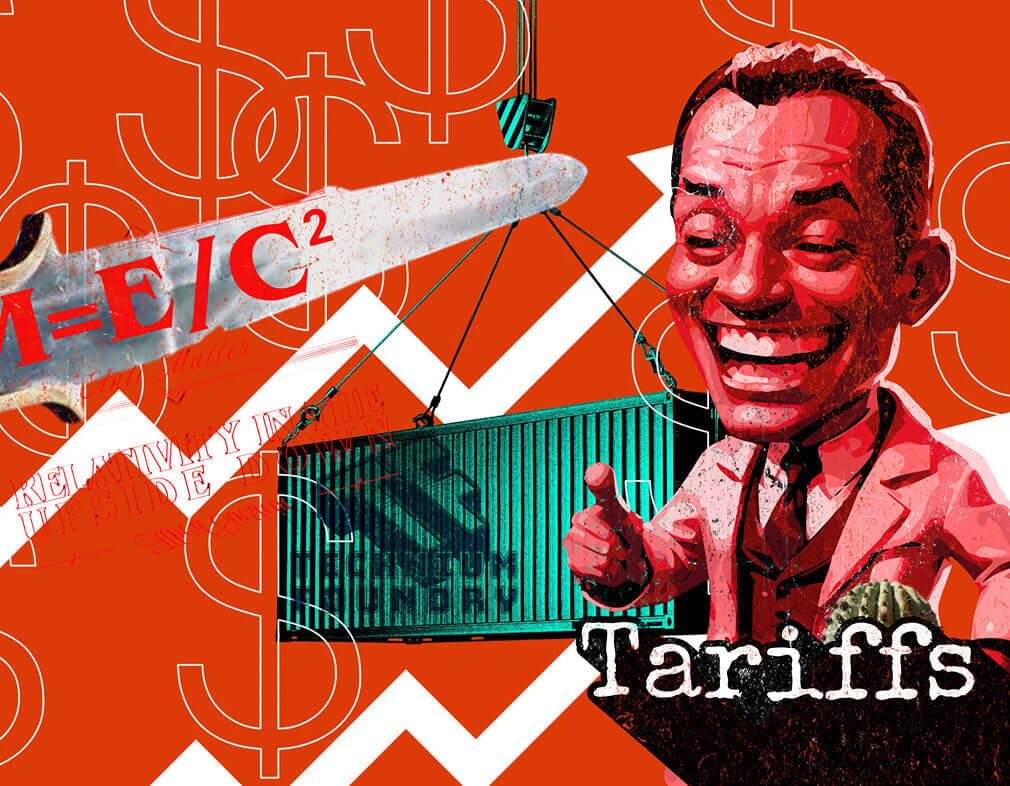In the ever-evolving landscape of science and technology, a new paradigm has emerged that challenges our traditional understanding of innovation and progress. This paradigm, known as network theory, offers a unique lens through which we can explore the intricate web of relationships that shape the development and diffusion of technological advancements. At the heart of this approach lies the Technium Foundry, a hub where the principles of network theory are not only studied but also put into practice.
The Rise of Technoscience
The term "technoscience" has gained significant traction in recent years, reflecting the growing recognition that science and technology are inextricably linked. This symbiotic relationship has given rise to a new breed of innovations that blur the boundaries between the natural and the artificial, the scientific and the technological. Within this realm, network theory has emerged as a powerful tool for understanding the complex interplay of actors, both human and non-human, that drive the evolution of technoscience.
Mapping the Technoscientific Landscape
At the Technium Foundry, we believe that the key to unlocking the secrets of technoscience lies in the careful mapping of the intricate networks that underpin its development. Through the lens of network theory, we can trace the intricate pathways of knowledge transfer, resource mobilization, and the formation of alliances that shape the trajectory of technological innovations.
By employing techniques such as co-word analysis and scientometrics, we are able to identify the critical nodes and connections within the technoscientific landscape. This, in turn, allows us to better understand the dynamics of technological change, the emergence of new fields, and the factors that contribute to the success or failure of specific innovations.
The Actor-Network Perspective
At the heart of network theory in the context of technoscience is the actor-network theory (ANT). This approach challenges the traditional dichotomy between human and non-human actors, recognizing that both play a crucial role in the shaping of technological systems.
Heterogeneous Engineering
The concept of "heterogeneous engineering" is central to the actor-network perspective. This notion acknowledges that the development of technological systems involves the enrollment and alignment of a diverse array of elements, including materials, devices, institutions, and even social and political forces. By understanding the complex interplay of these heterogeneous elements, we can gain deeper insights into the processes of innovation and the factors that contribute to the success or failure of technological endeavors.
The Process of Translation
The actor-network theory also emphasizes the importance of the "translation" process, whereby various actors are enrolled and aligned to support the development and diffusion of a particular technology. This process involves a series of strategic maneuvers, including problematization, interessement, and enrolment, all of which are essential for the stabilization and black-boxing of technological systems.
Navigating the Technoscientific Landscape
At the Technium Foundry, we believe that by embracing the principles of network theory, we can unlock new pathways for innovation and progress. By mapping the intricate web of relationships that underpin the development of technoscience, we can identify critical leverage points, anticipate emerging trends, and develop more effective strategies for navigating the ever-changing landscape of science and technology.
The Role of the "System Builder"
One of the key insights derived from network theory is the importance of the "system builder" – the individual or organization that orchestrates the complex web of relationships necessary for the successful development and diffusion of a technological system. At the Technium Foundry, we strive to cultivate a new generation of system builders, equipping them with the tools and knowledge necessary to navigate the challenges of technoscience.
Embracing Complexity
As we delve deeper into the world of technoscience, it becomes increasingly clear that the traditional linear models of innovation are no longer sufficient. Instead, we must embrace the inherent complexity of technological systems, recognizing that progress is often the result of a dynamic and unpredictable interplay of diverse actors and elements.
By adopting a network theory perspective, we can better understand the emergent properties of technoscience, the role of serendipity and chance, and the importance of maintaining flexibility and adaptability in the face of technological change.
Conclusion
In the ever-evolving landscape of science and technology, the Technium Foundry stands as a beacon of innovation, guiding us towards a deeper understanding of the complex web of relationships that shape the development and diffusion of technological advancements. By embracing the principles of network theory, we can unlock new pathways for progress, fostering a future where the boundaries between the natural and the artificial, the scientific and the technological, are seamlessly woven together.
As we continue to explore the frontiers of technoscience, the Technium Foundry remains committed to pushing the boundaries of what is possible, empowering a new generation of system builders and embracing the inherent complexity of the technoscientific landscape.
















